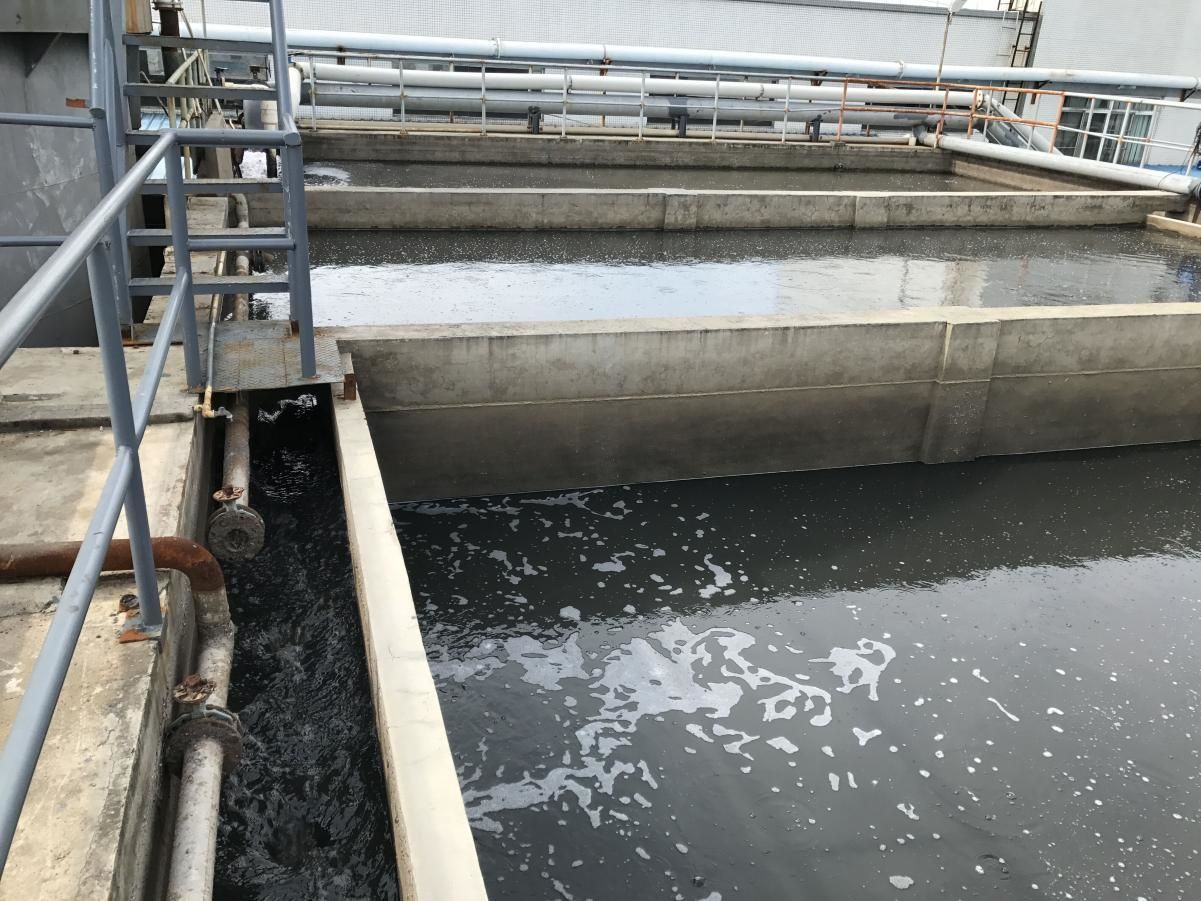Aoyue Refrigeration has an advanced sewage treatment system. In 2013, in response to the government’s call, we established our own sewage treatment system. Industrial wastewater can only be discharged after being treated with sewage and meeting discharge standards.
Generally speaking, we divide the treatment process into four major stages: pre-treatment, biological treatment, advanced treatment, and sludge treatment. The core of modern sewage treatment is basically microbial (bacterial) treatment. The biotechnology that cultivates microorganisms to eat pollutants is currently the most efficient, cost-effective, and environmentally friendly sewage treatment technology among all treatment methods.
1. Pre processing
Pretreatment is basically for the subsequent microbial (bacterial) treatment services (except for a small portion of wastewater that does not use microbial treatment). Since it is a microorganism, it will inevitably have some basic requirements. The more it meets the conditions for its survival, the stronger it will grow and the better it will treat sewage. For example, temperature, most microorganisms grow best at 30-35 degrees Celsius, with a pH of 6-8 and no inhibitory or toxic substances. Pollutants should be easy to eat, such as those similar to fruits and not plastic. Also, the amount of water should not be too high or too low for a while, in order to prevent microorganisms from dying or starving, and so on.
So there are mainly the following methods for preprocessing:
Grille: The purpose of a grille is to remove large debris such as cloth strips, paper sheets, etc. from the water, in order to avoid affecting the operation of the water pump in the future. Regulating pool: During factory operation, it is often necessary to drain and not drain water at the same time, discharge thick water at the same time, and discharge light water at the same time. The fluctuation is significant, but the subsequent processing should be relatively uniform. The regulating pool is a water storage tank, where water from different workshops and time periods is first concentrated in one pool. This pool usually needs to be equipped with stirring measures, such as aeration or mechanical stirring, to mix various water evenly. If the acidity and alkalinity after mixing are not between 6 and 9, it is often necessary to add acid or alkali to adjust.
Temperature regulation equipment: The purpose is to adjust the temperature to the range that microorganisms can withstand. Usually it is a cooling tower or heater. If the temperature itself is within the range, then this section can be omitted.
Dosing pretreatment. If there are too many suspended solids or high levels of pollutants in the water, in order to reduce the pressure of microbial treatment, chemical agents are generally added to reduce a portion of pollutants and suspended solids. The equipment equipped here is usually an air flotation or dosing sedimentation tank. Detoxification and chain breaking treatment. This treatment method is generally used for high concentration, difficult to degrade, toxic wastewater treatment in chemical, pharmaceutical, and other industries. General methods include iron carbon, Fenton, electrocatalysis, and so on. Through these methods, the content of pollutants can often be significantly reduced, and some things that cannot be bitten by microorganisms can be cut into good mouthparts, transforming toxic substances into non-toxic or low toxic substances.
2. Microbial treatment section
Simply put, this paragraph refers to some ponds or tanks that cultivate microorganisms to eat pollutants, which are divided into anaerobic and aerobic stages.
The anaerobic stage, as the name suggests, is a process stage where anaerobic microorganisms are cultivated to consume pollutants. An important feature of this stage is to try to keep the water body from releasing oxygen as much as possible. Through the anaerobic section, a large part of pollutants can be eaten. At the same time, it is amazing that some pollutants that can not be bitten by Aerobic organism can be cut into smaller sections that are easier to eat, and valuable by-products such as biogas can also be produced.
Aerobic section is the section of Microbiological culture where oxygen is necessary for survival. The equipment that must be equipped at this stage is an oxygenation system, which fills the water with oxygen for microorganisms to breathe. At this stage, only by providing sufficient oxygen, controlling the temperature and pH, can microorganisms crazily consume pollutants, significantly reducing their concentration, and the cost you consume is basically only the electricity cost of the oxygen charging fan. Isn’t it quite cost-effective? Of course, microorganisms will continue to reproduce and die, but overall, they reproduce faster. The dead bodies of aerobic microorganisms and some bacterial bodies combine to form activated sludge. The effluent contains a large amount of activated sludge, which must be separated from the water. Activated sludge, also known as microorganisms, is mostly recycled and fed into an aerobic tank, while a small portion is discharged to dry and transport the water.
3. Advanced treatment
After microbial treatment, the concentration of pollutants in the water is no longer high or very low, but there may be some indicators that exceed the standard, such as cod, ammonia nitrogen, chromaticity, heavy metals, etc. At this time, further treatment is needed for different exceeding pollutants. Generally, there are methods such as air flotation, physicochemical precipitation, crushing, adsorption, etc.
4. Sludge treatment system
Basically, chemical and biological methods produce a considerable amount of sludge, which has a high moisture content of almost 99% water. This requires the removal of most of the water. At this point, a dehydrator should be used, mainly consisting of belt machines, frame machines, centrifuges, and screw stacking machines, to treat the water in the sludge to around 50% -80%, and then transport it to landfills, power plants, brick factories, and other places.

Post time: Jul-07-2023
